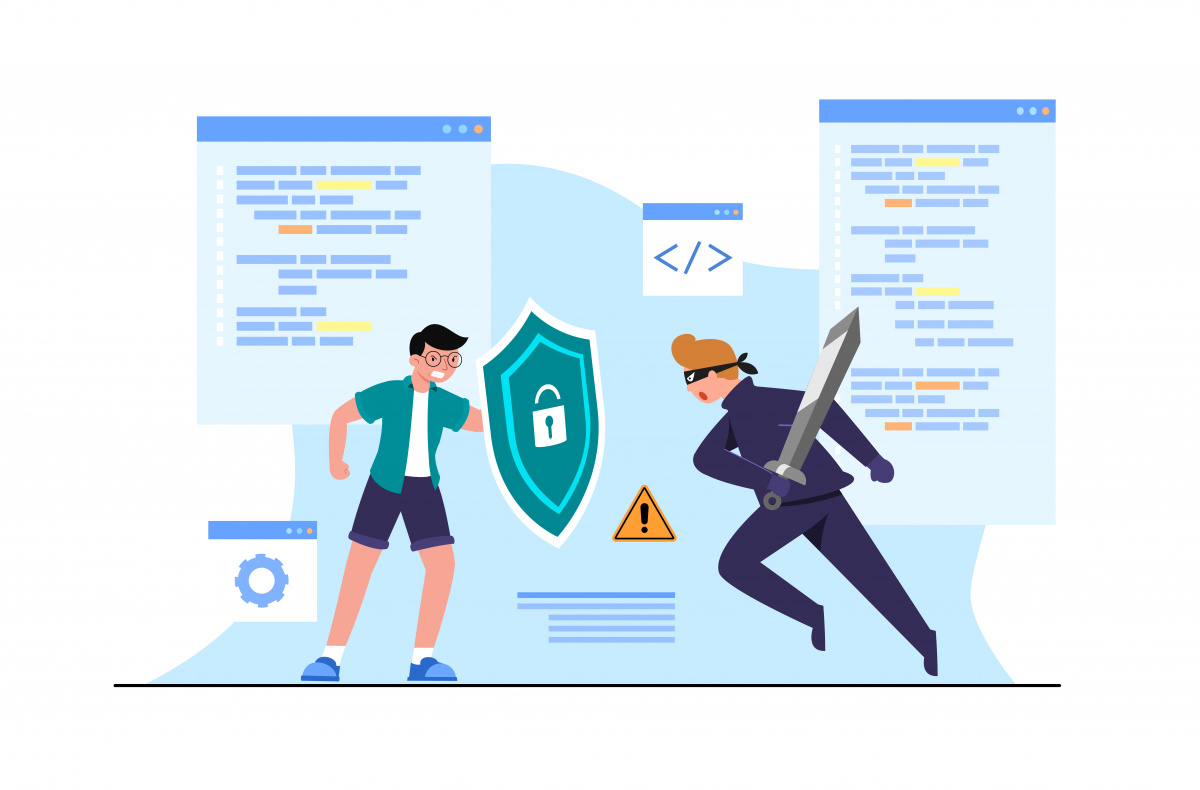How to Protect Your WordPress Site from Hackers

WordPress powers nearly 30% of all websites on the internet. While this is a testament to its popularity and flexibility, it also makes WordPress sites a prime target for hackers. Fortunately, there are a number of steps you can take to protect your WordPress site from being hacked. Here are four of the most important ones.
1. Keep Your WordPress Installation, Themes, and Plugins Up-to-Date
One of the easiest ways to make sure your WordPress site is secure is to keep your WordPress installation, themes, and plugins up-to-date. New updates usually include security fixes for vulnerabilities that have been discovered since the last update. So, by keeping everything up-to-date, you’ll make it much harder for hackers to exploit any vulnerabilities in your website.
2. Use a Secure Password
A strong password should be at least eight characters long and contain a mix of upper- and lowercase letters, numbers, and special characters. Avoid using easily guessed words like “password” or easily accessible personal information like your birthdate.
3. Use a Security Plugin
There are a number of great security plugins available for WordPress, including Sucuri Security, Wordfence Security, and iThemes Security. These plugins add an extra layer of security to your website by scanning for malware and blocking malicious IP addresses from accessing your site. They also allow you to set up two-factor authentication (2FA), which adds an additional step to the login process and makes it much harder for hackers to guess your password if they do manage to get their hands on it.
4. Don’t Give Admin Users Unnecessary Privileges
One common mistake many WordPress administrators make is giving admin users unnecessary privileges. If possible, you should create separate administrator accounts for each user and only grant them the permissions they need to do their job—no more, no less. That way, even if a hacker does manage to compromise one administrator account, they won’t be able to do as much damage as they could if all administrator accounts had unrestricted access.
By taking these four steps—keeping your WordPress installation up-to-date, using a secure password, using a security plugin, and limiting administrator privileges—you can significantly reduce the chances of your WordPress site being hacked. Remember, an ounce of prevention is worth a pound of cure—so don’t wait until after your site has been hacked to start taking security seriously!


